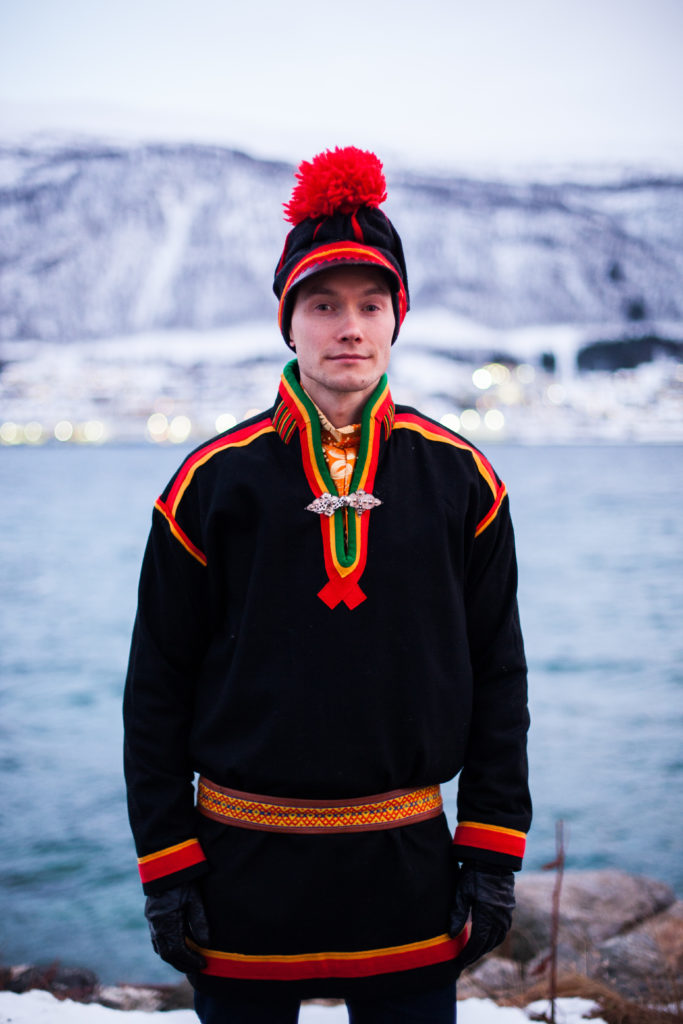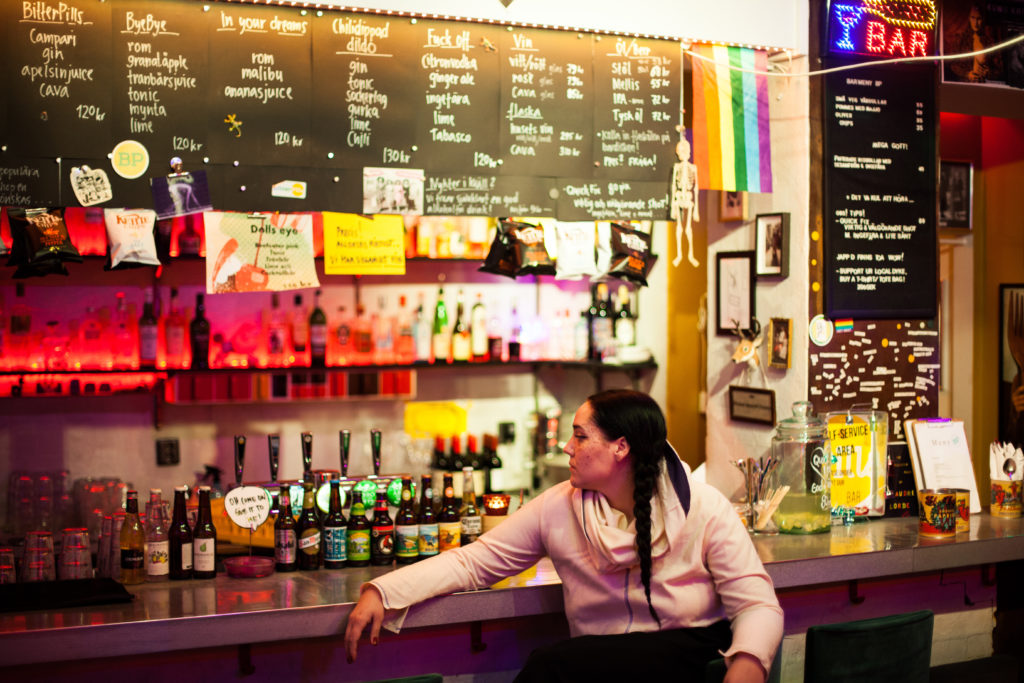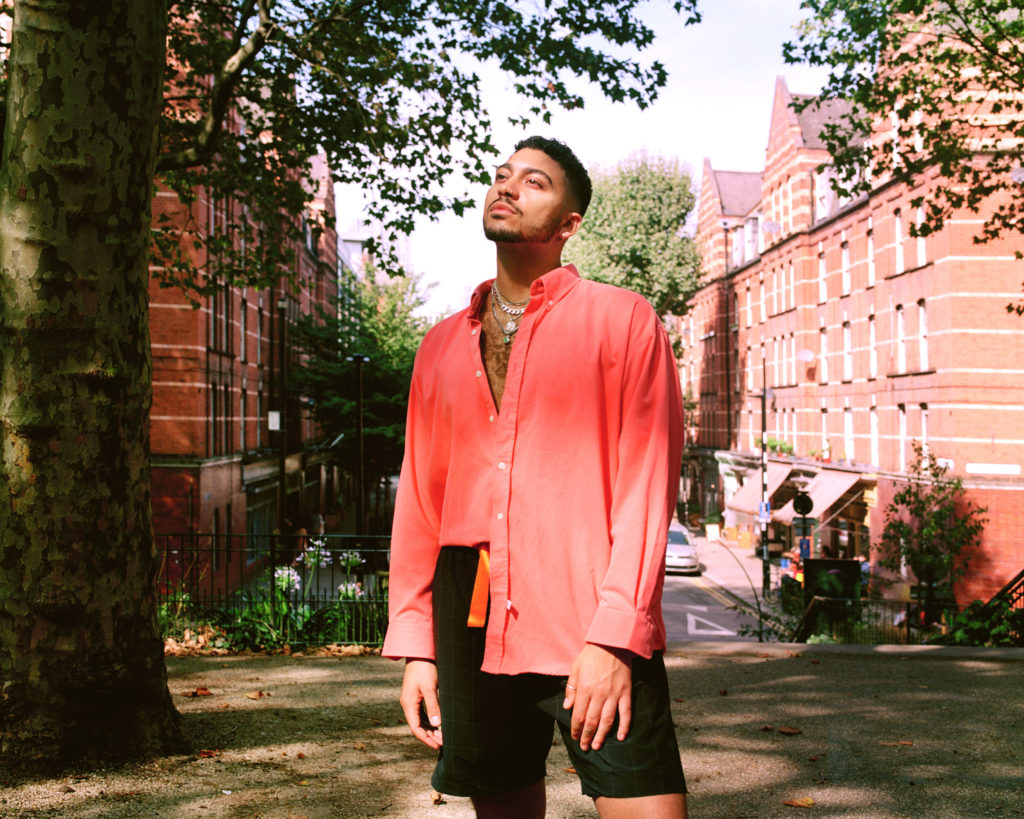Lives in Limbo / Sebastian Barros
This article contains image descriptions in the captions to help those with visual impairments.
“How do you take a popular cliche and make it relevant and interesting?” Sebastian Barros creates a dynamic, intimate view of everyday people in lockdown.
In a time we have all been physically distant, I think we can agree the experience has been shared and universal. The majority of us have been experiencing the same mundane, mentally challenging groundhog day for almost a year. What it can be harder to find and notice, are the fleeting moments of beauty. The fragments of the day that make each experience unique and, maybe, just maybe, not all bad.
Taking up the challenge of documenting the pandemic from a fresh perspective is almost a risky feat. While it certainly is a new experience for us to work with, it is a new experience for everyone and is something continuously being captured and immortalised in photo stories across the world. Sebastian Barros cleverly, and successfully took on this concept, whilst adding another challenge and aesthetic to the mix, the use of disposable cameras. While a stunning aesthetic, taking us to simpler times pre-camera phone, it is a technique used an awful lot in projects. If not done exactly right and hit that sweet spot of parring concept and content, the project can fade into the noise of the disposable genre. This is something Barros was aware of, but noting that the task at hand actually needed the use of disposable cameras. “The world had slowed down; people suddenly found themselves confronted with a kind of intimacy and self-responsibility that hadn’t happened before - that set of circumstances meant that disposable cameras were the right medium”.
He was right, the aesthetic and move from the instant digital image provides us with an intimate, almost filmic portrait of lockdown. Barros creates space for his participants to look at their everyday with a different perspective, and both literally and figuratively, a different lens. Each participant gives us a glimpse into the moments that make their experience unique while presenting some overarching themes that every one of us can on at least some basic level relate to. From Lana's depiction of at home yoga, to Tom's handmade happy birthday banner. These moments conjure up reflections of our own experience and bring us back to reality. To the personal and human experience of a global pandemic, away from the glaring gaze of the digital.
I caught up with Sebastian to find out more about what inspired him to create the very aptly titled Lives in Limbo, and why removing himself was such an important and cathartic element of the project. Read on to find out more and for some interesting musings on the digital world that both connects us to each other and distances us from ourselves.

How did you find working on a project during an international crisis and lockdown compare to previous projects undertaken in “normal” times?
Well, the most obvious change was the fact it was all virtual. Once we’d moved past that it was actually quite similar in terms of research and casting. I spent a lot of time on the phone with the subjects of the story before they started and gave them some coaching on how to make a photo story. This part for me was one of the most enjoyable, connecting with other people and sharing what was on our minds in the early days of the pandemic - I found a lot of comfort in that connection. There was a lot of anxiety around, but I also saw a lot of hope and optimism too - sentiments that were parallel with mine. The project inadvertently almost became a coping mechanism for me as I personally made sense of the world we now found ourselves in
What were your personal expectations from this project?
I think any creative person is interested in and influenced by the world around them, and I definitely felt an urge to contribute to the conversation of that time. What I found restrictive at first (not being able to shoot how I usually would) became an exploration into different forms of story-telling and my expectations were less about the final result and more about what I discovered along the way.
How comes you did not also include yourself in the project?
I think my overwhelming feelings about this time were less about the individual and more about the community - we were seeing a kind of dismantling of world order and the kind of democratic creative collaboration that hadn’t happened before. I really wanted to explore real human stories without any kind of author bias and felt that would happen if I was in it myself.

Using disposable cameras is a very popular topic, which if done wrong can fade into the noise of that sub-genre of photography. How did you go about ensuring your work would stand out in such a way?
See what you said just there is what I found the most interesting. You're right - disposable cameras are a very popular topic and one that can quickly become cliched. So how do you take a popular cliche and make it relevant and interesting? That was the overarching drive of the whole project for me - and it comes back to authenticity. The world had slowed down; people suddenly found themselves confronted with a kind of intimacy and self-responsibility that hadn’t happened before - that set of circumstances meant that disposable cameras were the right medium. In order for the project to stand out and remain reflective of the people documented, I kept in touch with them throughout. Although I wasn’t able to physically direct them in person, speaking to them and listening to their stories and encouraging them to explore these, really helped when it came out arranging the images, as I had a bit insight into them as a person and their story through the lockdown.
How did it feel for you to hand over your project to the participants? Did you feel a loss of control or at peace with waiting and not having any direction?
It was quite exciting, actually. The whole world was out of control - there was peace to be found in the acceptance of that on every level.
What is your advice for artists wanting to do a similar project that requires the element of lost control?
Allow your expectations to remain fluid and evolve with time. The beauty is in the unexpected - give in to any preconceived expectations and see what comes up.

What participant, or images, struck you the most?
They are all great, but some of my favourites -
Lana - the image of here lying down on the floor, perfectly invokes that feeling of isolation
Nathan - The image of a cat with the shadow of his hands, I like how playful and mundane the images are.
Lakwena - shots of her kids are just incredible.
All of your subjects were from London and the surrounding areas. How do you think the outcome would have differed if there were participants from further afield, and in the polar opposite, the countryside for example?
I feel since the majority of these images were taken inside the home they have a commonality that goes beyond something geographical.
How do you think the use of digital would have affected the project? For example, how the participants interacted with the project and created their response?
I feel it would create a much cleaner, more choreographed feel, which is the opposite I wanted to achieve with this project and why I chose film.

While this project is wholeheartedly raw and unfiltered, with you facilitating rather than directing, did you consider how choosing friends rather than a call for random participants, for example, was in itself a form of editing and steering direction?
I actually did do a call for random participants, but the act of getting the message of the project out was limited to the social media platforms which inevitably have their own echo chamber - so there are participants included I didn’t know before - but the majority were friends or friends of friends.
That’s an interesting angle to take for something in the future actually - in a digital/ social media-saturated world - are we ever able to make anything truly ‘random’? I’m not sure.
This project was born in the beginnings of lockdown, 2020. Now we are into our second year of lockdowns, and there is a cumulative noticeable downhill shift in wellbeing, emotions and attitude this time around, how do you think your approach and the outcome from participants would differ?
I would maybe bring in a voice and video element to the project - asking participants to make a voice note diary talking about their hopes, fears for the present and future feels interesting. I think a build on this project would be that more multi-media approach - the story is textured and I don't think one media format could sum up this current moment.
From an outside perspective, it would be great to see this project keep growing, either with more participants or revisiting the existing ones a year later. What are your plans for this? Or is it a closed chapter?
I think that’s been my big learning - leave all expectations at the door and remain open to possibility. Right now, I am focusing on a different project, and this one evokes a time where life was uncertain and quite scary at times - those aren’t emotions I want to revisit immediately but who knows? I’m certainly open to the possibility.

How else have you been keeping yourself busy throughout the past year?
I’m working on a long-form project with a grassroots football team called Grenfell Athletic, which was formed after the fire in 2017 as a way for the community to cope with the tragedy.. This has been another project that has greatly helped me personally - I’ve witnessed such strength and also, such joy, from this community - it’s had a profound effect on me. I’m excited to see this develop
What can we expect to see from you in the future?
I want to keep making work that is true to me and where I find myself in life at that point. I’m shooting a lot of editorials right now and working on my moving image portfolio.

You can see more of Sebastian’s work at http://www.sebbarros.com/
Words and Interview by Alice Sophie Turrell

















